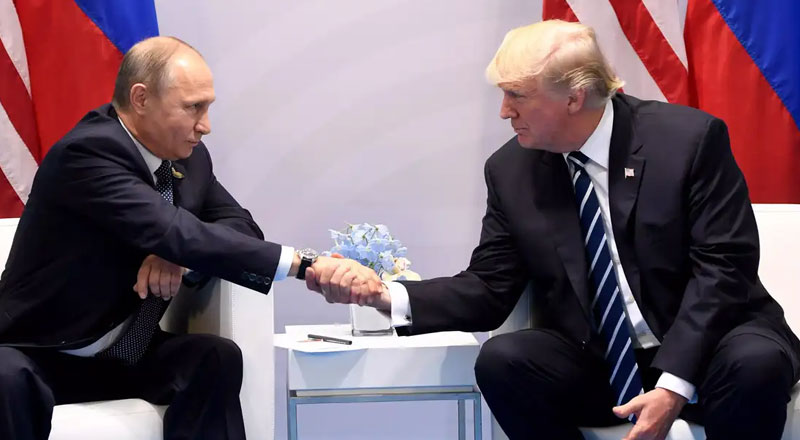Current News
Bihar Electoral Roll Revision Sparks Cit...
Aadhaar, Citizenship, and the Voter List Controversy A heated legal and political controversy has erupted over the Election Commission of India’s (ECI)...
Ahmedabad Emerges as Top Contender for 2...
The Commonwealth Games and the Bid Process The Commonwealth Games, a legacy sporting event dating back to 1930, bring together athletes from across the Co...























































